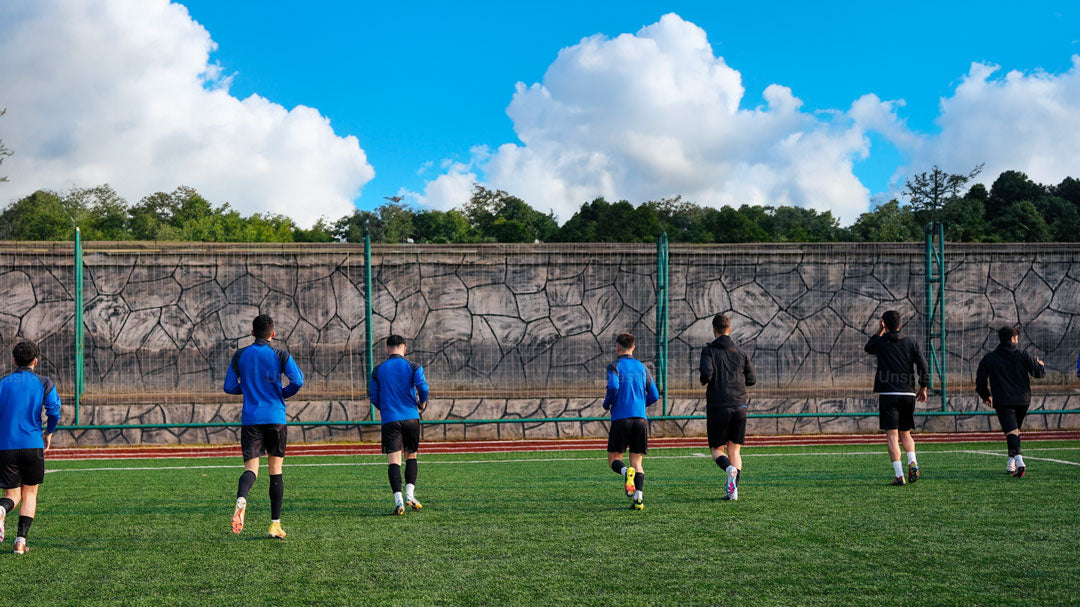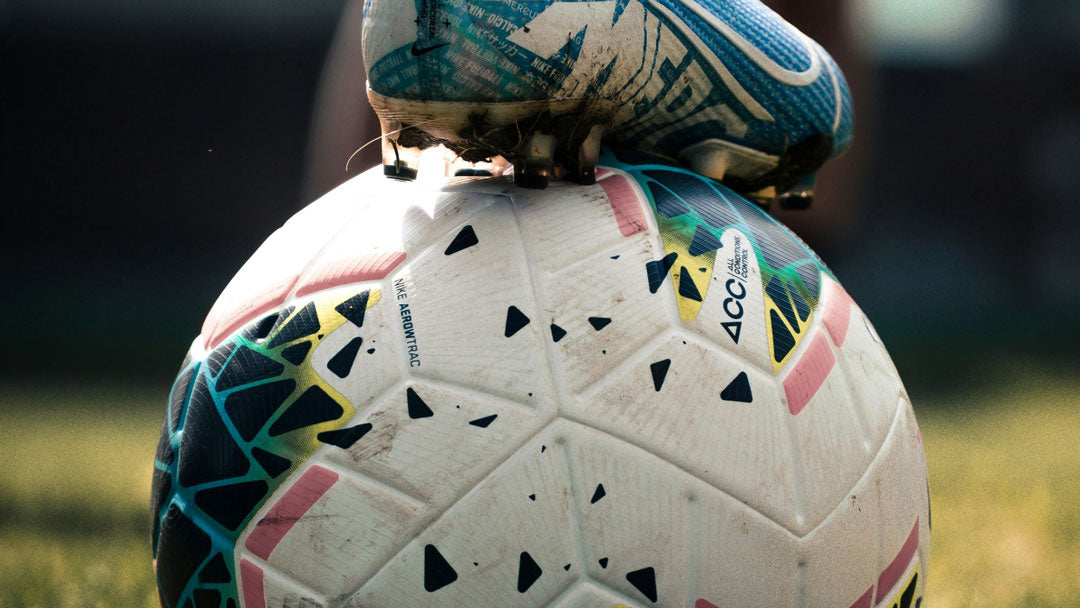In the high-stakes world of competitive sports, the difference between victory and defeat often hinges on an athlete's ability to react swiftly and effectively under pressure. This crucial aspect of performance, known as reaction time, has long been a focal point for athletes and coaches striving for excellence.
With the advent of advanced training technologies, new methods have emerged to enhance this vital skill. Among these innovations, training lights systems, such as the ROX system or the Soccer Rebounder Wall by A-Champs, stand out as a game-changing tool in modern athletic training.
The evolution of sports training has always been about pushing the boundaries of human performance. From the early days of basic physical conditioning to the incorporation of sophisticated training regimens, the quest for peak performance has led to continuous innovation. In this ongoing journey, the integration of technology in training has opened up new horizons.
Training lights are a prime example of how technology is being harnessed to not only improve physical attributes like speed and strength but also to enhance cognitive functions such as reaction time, decision-making, and strategic thinking.
What is reaction time?
Reaction time is the interval between the onset of a stimulus and the initiation of an athlete's response. In sports, this could mean the time taken by a tennis player to start moving towards the ball after it's served, or how quickly a boxer dodges a punch.
Fast reaction times can be the difference between winning and losing. This skill is crucial across various sports, from sprinters reacting to the starting gun to soccer players responding to a sudden change in play. The ability to react swiftly and effectively is often what sets elite athletes apart from their competitors.
Do you want to know more about how to improve reaction time? Take a look at this article and discover 7 unmissable tips.
Training lights: a game changer
Training lights like ROX are designed to improve reaction time by simulating real-game scenarios. These interactive tools use lights, sounds, and vibrations to create stimuli that athletes must respond to quickly, thereby sharpening their reaction skills.
The versatility of these systems allows for a wide range of exercises, catering to different sports and skill levels. For instance, a basketball player might use reaction training lights to improve quick footwork and hand-eye coordination, while a martial artist might focus on reaction speed to visual cues.
Advantages of training lights for reaction time
- Dynamic training: Unlike static drills, training lights offer dynamic, unpredictable scenarios, closely mimicking real-game situations. This unpredictability is key in training athletes to be prepared for any situation they might face in competition.
- Measurable improvements: With built-in sensors and data tracking, coaches and athletes can measure improvements in reaction times with precision. This data-driven approach allows for targeted training, helping athletes focus on areas that need improvement.
- Cognitive-motor skills enhancement: These tools not only improve physical speed but also enhance cognitive processing, crucial for decision-making under pressure. Athletes learn to process information quickly and respond not just with speed, but with strategic thinking.
Challenges and considerations
While training lights offer significant benefits, there are considerations:
- Balance in training: It's crucial to balance technology-based training with traditional methods to ensure well-rounded athletic development. Over-reliance on technology can lead to neglecting other essential aspects of training, such as endurance and basic skill work.
- Impact on decision making: Improved reaction time directly influences an athlete's decision-making abilities. Faster cognitive processing allows for quicker, more accurate decisions during high-pressure moments in sports. This aspect is particularly important in sports where split-second decisions can determine the outcome of a game.
Conclusion
Training lights represent a significant advancement in athletic training, particularly in enhancing reaction time.
They offer a blend of physical and cognitive training that is crucial for athletes in fast-paced sports. While they come with challenges like cost and integration, the benefits in terms of improved reaction times and decision-making are invaluable. As technology continues to evolve, training lights will likely become an even more integral part of athletic training regimes across the world.





Leave a comment
This site is protected by reCAPTCHA and the Google Privacy Policy and Terms of Service apply.